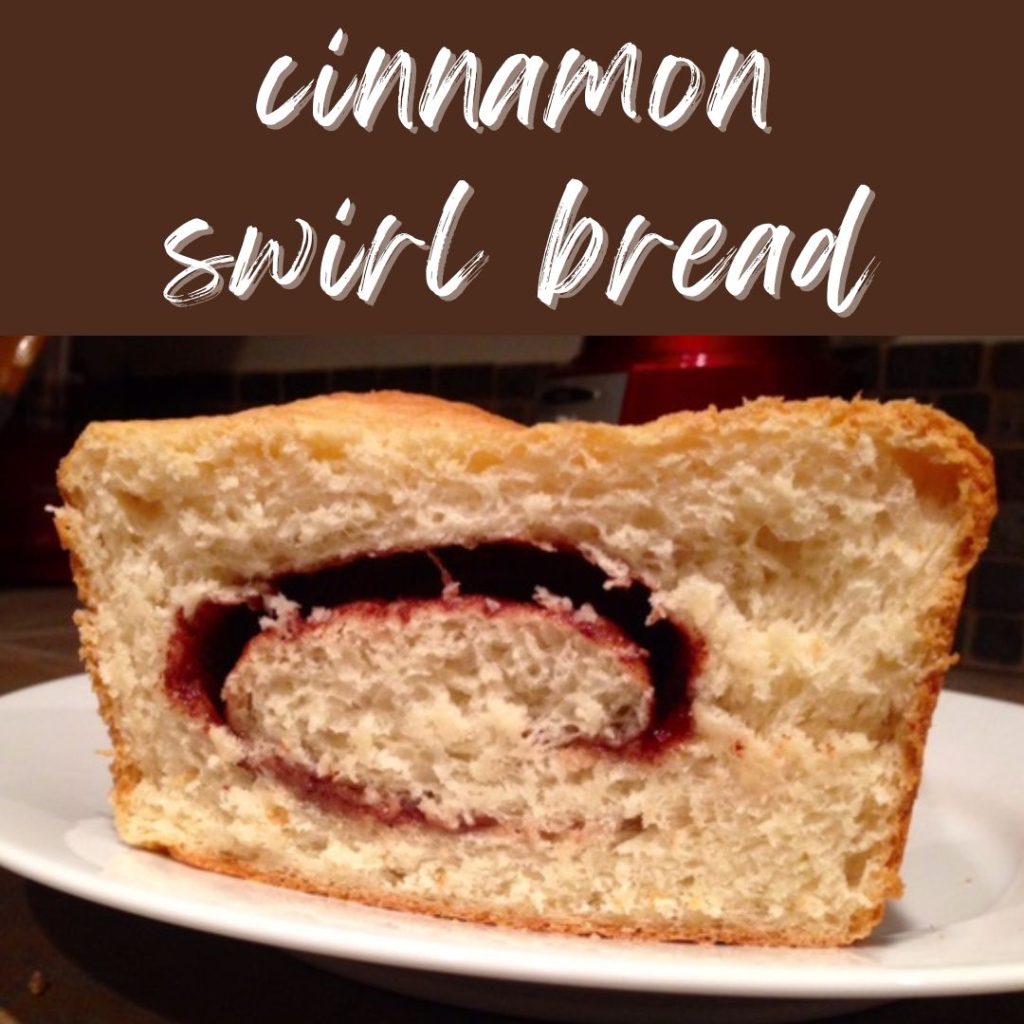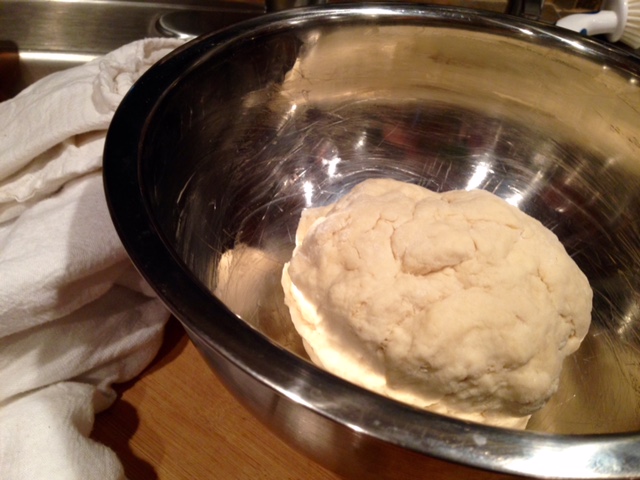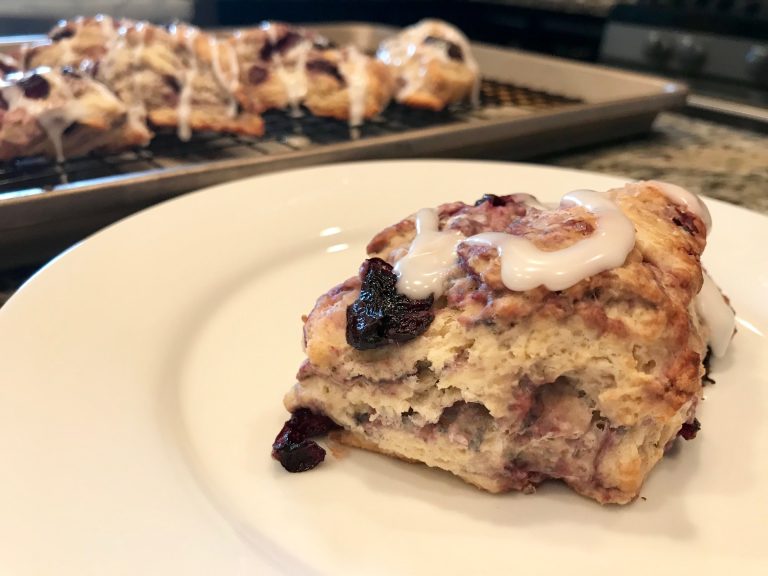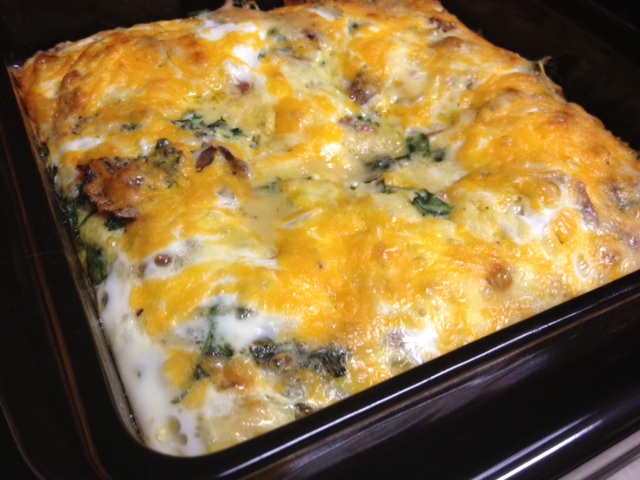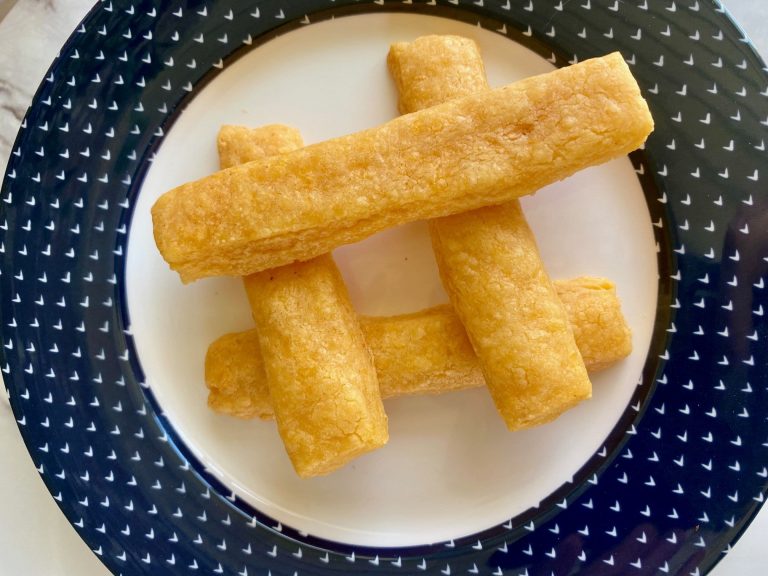Cinnamon Swirl Bread
I’ve been sitting on this one for a while. Why, you ask? It’s cinnamon swirl bread, which is a total no-brainer. Gooey, cinnamon-y goodness spiraling through a tender, crumby loaf.
But for some reason when I made it a few months ago, I wasn’t totally in love with it. My initial reaction was that the filling was awesome, but the bread was just…fine. The texture was good, but the outside was crustier than I wanted and the bread’s flavor (it tasted like…bread) was a disconnect from the sweet filling.
But I’ve come to see the error of my ways, because you deserve cinnamon swirl bread in YOUR life too. I’ve made a few adjustments to the recipe to make the bread and filling feel like they’re part of the same recipe, including adding a teaspoon of cinnamon and a little extra sugar to the dough. The filling was perfect just as it was.
Combine the water and milk in a medium heat-proof bowl and microwave for 20 to 30 seconds. You want it warm but not hot. Whisk in 1/3 cup of the sugar and the yeast in the bowl of a stand mixer fitted with a hook attachment. Let it sit for 5-10 minutes, until it gets frothy or foamy.
Add the 4 tablespoons of softened butter and beat with the hook attachment on low for 1 minute, until the butter is slightly broken up. Add 2 1/2 cups of bread flour and the cinnamon and salt. Mix on medium-low speed, then add enough flour (probably around another 1/2 cup) to make a soft dough that no longer sticks to the sides of the bowl. Knead the dough with the mixer on medium speed for 5 minutes, until the dough is smooth but still slightly soft.
On a lightly floured surface, use floured hands to smooth the dough into a ball. Place into the prepared greased bowl and turn to coat all sides.
Cover tightly with plastic wrap or foil and place in a warm spot to rise until doubled in size—around 1.5 to 2 hours. Easiest way is to preheat the oven to 200°F, turn the oven off, and then place the covered bowl inside.
While it’s rising, grease a 9×5-inch loaf pan with butter or spray with nonstick spray. In a small bowl, toss the remaining 1/4 cup sugar and the cinnamon together (for the filling).
Gently punch down the dough and turn it out onto a floured work surface. Lightly flour your rolling pin and roll the dough into a 9-inch square.
Sprinkle the cinnamon-sugar mixture over the top, leaving a 1-inch border around the sides. Very tightly (but gently) roll the dough into a log, pinching the edges to seal the seams. Don’t squish the dough, you want it to retain its rise.
Place the log into the prepared loaf pan, bottom seam side down. Cover loosely and allow it to rise in a warm environment once again, for about 45 minutes to an hour—until the dough rises to the top of the pan.
Preheat the oven to 350°F.
Melt the remaining 1 tablespoon of butter and gently brush on top of the risen loaf.
Bake until the top of the loaf is golden brown and it makes a hollow sound when you tap on the top of the loaf. It should take about 35-45 minutes.
Transfer to a wire rack and allow to cool in the pan for at least 10 minutes. Then use a spatula to help loosen the bread from the pan and allow it to cool completely on the wire rack before slicing and serving. Eat it while it’s warm!
Other swirly breads you’ll love:
- Simple & Amazing Chocolate Brioche Babka
- Traditional Finnish Cinnamon Buns (Korvapuusti)
- Cranberry-Apricot Brioche Babka with White Chocolate
- Addictive Peanut Butter & Jelly Babka
- Norwegian Skillingsboller (Cinnamon Bun Pastries)
- Orange Cinnamon-Sugar Twist Bread
Cinnamon Swirl Bread
- 1/2 cup of water
- 1/2 cup of whole milk (the fat is important)
- 1/3 cup of granulated sugar
- 2 1/4 teaspoons of instant yeast (if you use active dry, allow extra rise time)
- 4 tablespoons of butter, softened to room temperature
- 3 cups of bread flour (plus more for your hands and work surface); see note below about how important it is to use bread flour
- 1 teaspoon of salt
- 1 teaspoon of cinnamon
- 1 extra tablespoon of butter, melted, for brushing
Filling
- 2 teaspoons of ground cinnamon
- 1/4 cup of granulated sugar
Grease a large bowl with butter and set aside. Combine the water and milk in a medium heat-proof bowl and microwave for 20 to 30 seconds. You want it warm but not hot. Whisk in 1/3 cup of the sugar and the yeast in the bowl of a stand mixer fitted with a hook attachment. Let it sit for 5-10 minutes, until it gets frothy or foamy.
Add 4 tablespoons of the softened butter and beat with the hook attachment on low speed for 1 minute, until the butter is slightly broken up. Add 2 1/2 cups of bread flour and the cinnamon and salt. Mix on medium-low speed, then add enough flour (probably around 1/2 cup) to make a soft dough that no longer sticks to the sides of the bowl. Then knead the dough with the mixer on medium speed for 5 minutes, until the dough is smooth but still slightly soft.
On a lightly floured surface, use floured hands to smooth the dough into a ball. Place into the prepared greased bowl and turn to coat all sides. Then cover tightly with plastic wrap or aluminum foil and place in a warm spot to rise until doubled in size—around 1.5 – 2 hours. Easiest way is to preheat the oven to 200°F, turn the oven off, and then place the covered bowl inside. Grease a 9×5-inch loaf pan with butter or spray with nonstick spray. In a small bowl, toss the remaining 1/4 cup sugar and the cinnamon together. Set aside.
Gently punch down the dough and turn it out onto a floured work surface. Lightly flour your rolling pin and roll the dough into a 9-inch square. Sprinkle the cinnamon/sugar mixture over the top, leaving a 1-inch border around the sides. Very tightly roll the dough into a log, pinching the edges to seal the seams. Then place the log into the prepared loaf pan, bottom seam side down. Cover loosely and allow it to rise in a warm environment once again, for about 45 minutes to an hour—until the dough rises to the top of the pan.
Preheat the oven to 350°F. Melt the remaining 1 tablespoon of butter and gently brush on top of the risen loaf. Bake until the top of the loaf is golden brown and, when gently tapped, the top of the loaf sounds hollow (should take about 35-45 minutes). Transfer to a wire rack and allow to cool in the pan for 10 minutes. Then use a spatula to help loosen the bread from the pan and allow it to cool completely on the wire rack before slicing and serving.
Note: This is not a case where all flours are equal. Higher-protein flour like bread flour is required for this bread recipe because of its strong gluten formation and high rise. Using all-purpose will yield a flimsy bread with gaps between the layers of swirl.
Original recipe from Sally’s Baking Addiction
Pin for later!
